Language
You can read the magazine in one of the following languages
Trends in the fashion industry come and go with the breeze, but something that never goes out of style is simplicity. The origins of most apparel are humble, and clean, simple designs still have the power to stand out on a clothing rack.
So when Sunny Malhotra was looking to set up an apparel design-led sourcing business in Hong Kong in 2005, it made perfect sense to keep things simple.
“I first moved to Hong Kong in 1992 to work for a friend of my father’s,” Malhotra tells The CEO Magazine. “He was an apparel supplier to importers in the United States, and I was brought in to help develop direct retail customers.”
In 2004, Malhotra met Pallak Seth, who was in the process of creating PDS, a global manufacturing and sourcing platform.
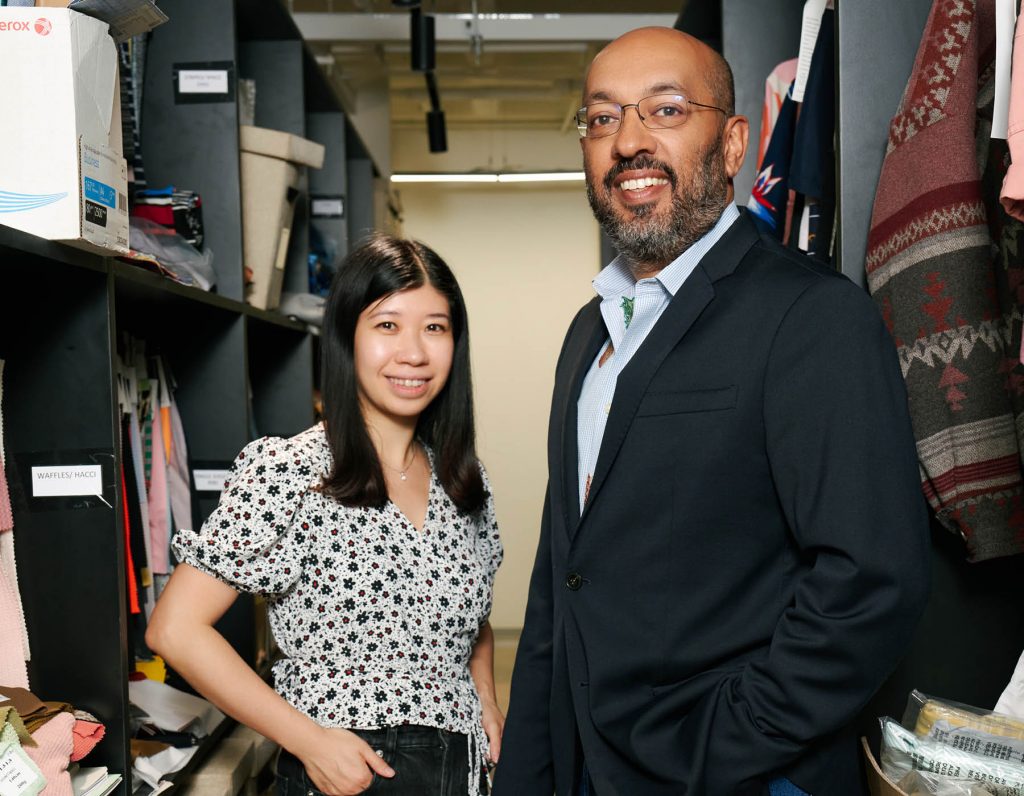
“What we do is acquire people and build a P&L around that talent. We’re very much a people-driven organization.”
“He approached me to partner with him in a newly created entity that would exist on the PDS platform,” he says. “I’d basically have equity in the company and build the business through my network of contacts in the apparel manufacturing and distribution sector.”
The following year, Malhotra made the decision to set up the new venture with PDS. While sitting with his wife Simmi, she came up with the name Simple Approach. That’s how the company was established.
“At the beginning, we were very much a woven supplier,” Malhotra says. “But as we grew, we moved into jerseys, knitwear, lingerie and tailoring, among other categories, and that’s supported by our customers.”
Today, it’s one of several anchor companies within PDS, and growth has been so healthy that Simple Approach is becoming a platform in itself.
“We’re growing 20 percent year on year,” Malhotra says. “If you look at a company like Li & Fung, they acquire a lot of companies. What we do is acquire people and build a P&L around that talent. We’re very much a people-driven organization.”
Although it started with garments, Simple Approach has branched out in different directions over the years, mostly dictated by the skills of its staff.
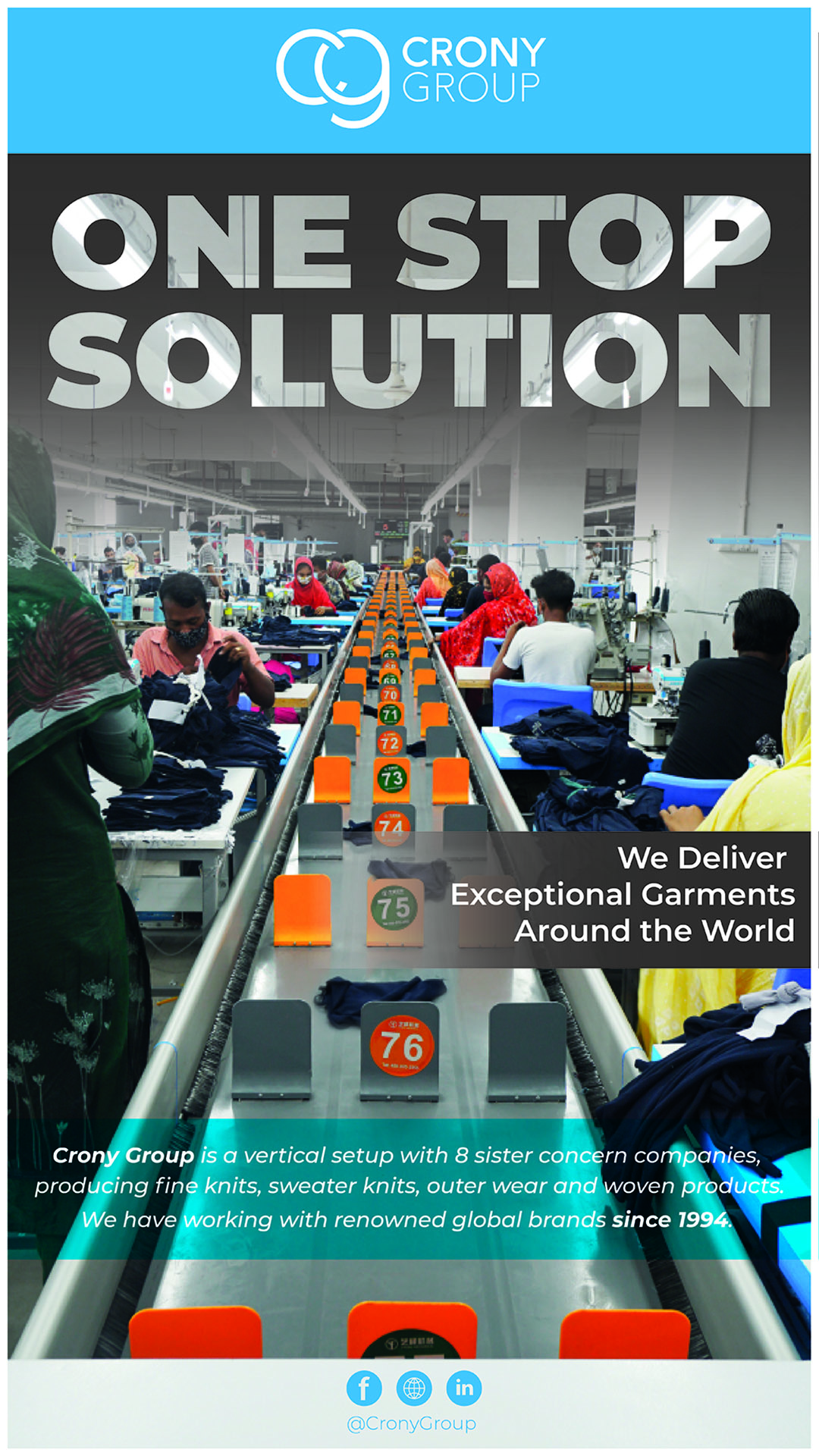
“I’m always looking at new opportunities,” he says. “Right now, we’re going into the homeware business. Many different things are happening, and all of them will help our growth over the next three-to-five years.”
At its heart, Simple Approach is a design-led business. “We have close to 25 designers across our offices in Manchester, London, Hong Kong and Bangladesh,” Malhotra says. “Our customers will come to us with opportunities, and we’ll invest in brand new teams to work on them. It’s a business in itself, and I think having that in our DNA has helped us grow.”
Simple Approach’s astronomical growth hasn’t hindered its agility. Many lessons were learned in that regard during the COVID-19 pandemic, a situation Malhotra says actually left the company more nimble than ever.
“Our formalwear business became an obvious issue when the pandemic started, so we moved our resources into casual wear, for instance,” he says. “And what the pandemic also showed retailers is that they should work with suppliers that are financially strong and who can deliver diversified products, which is one of our assets.”
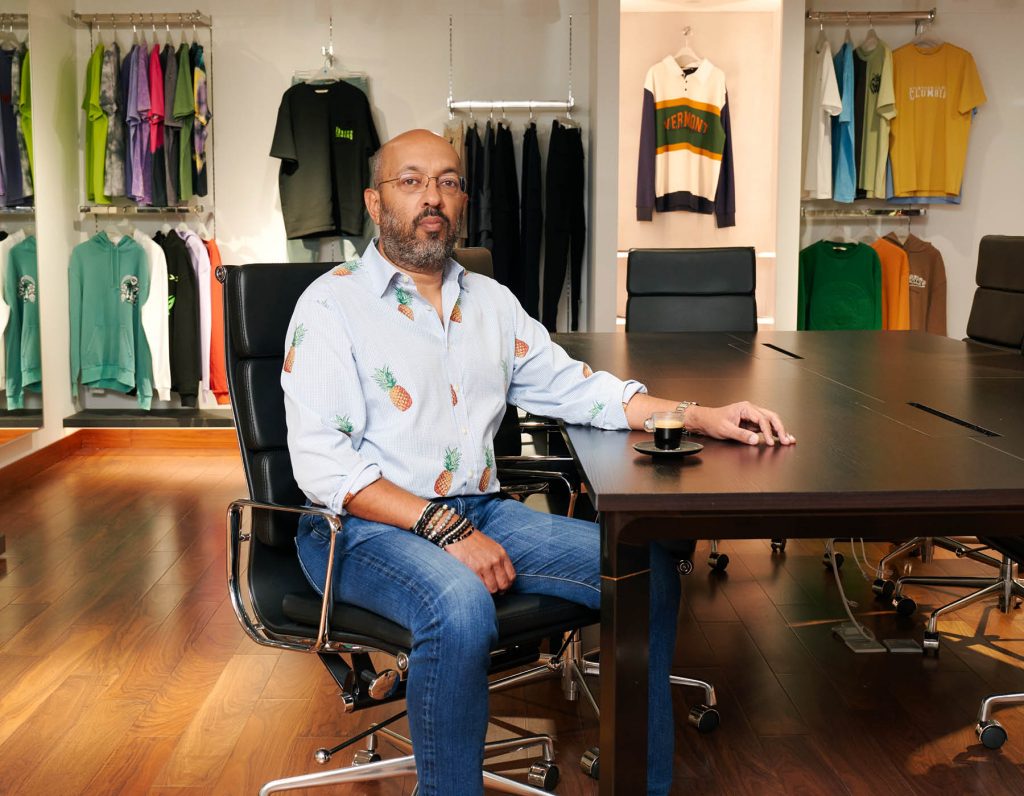
“We’re financially muscular, and retailers look at that. They want to work with us even more than before.”
Despite the pain of the pandemic, Malhotra insists Simple Approach is stronger for it. “Customers like Primark, which would have had close to 800 suppliers in the past, streamlined down to around 400,” he says.
“They realized that working with fewer suppliers made more sense, so businesses like Simple Approach have benefited from that change in mindset. We’re financially muscular, and retailers look at that. They want to work with us even more than before.”
For the PDS Group, this has led to several high-profile agreements with brands such as Hanes, TJ Maxx, George and Ralph Lauren. “They’re coming to us with a desire to reduce their overheads in Asia, and we can take that on,” he says. “We’re seeing many such opportunities coming our way in the post-pandemic world.”
While Simple Approach has traditionally grown in the fashion-rich European market, Malhotra says he’s seeing a shift.
“The United Kingdom has always been the most dominant, as well as Germany, Spain and France, but we’ve grown quite well in Canada, and we’re investing more and more in the United States market,” he says. “We’re definitely a global group, but I’d say the biggest potential growth is in the United States.”
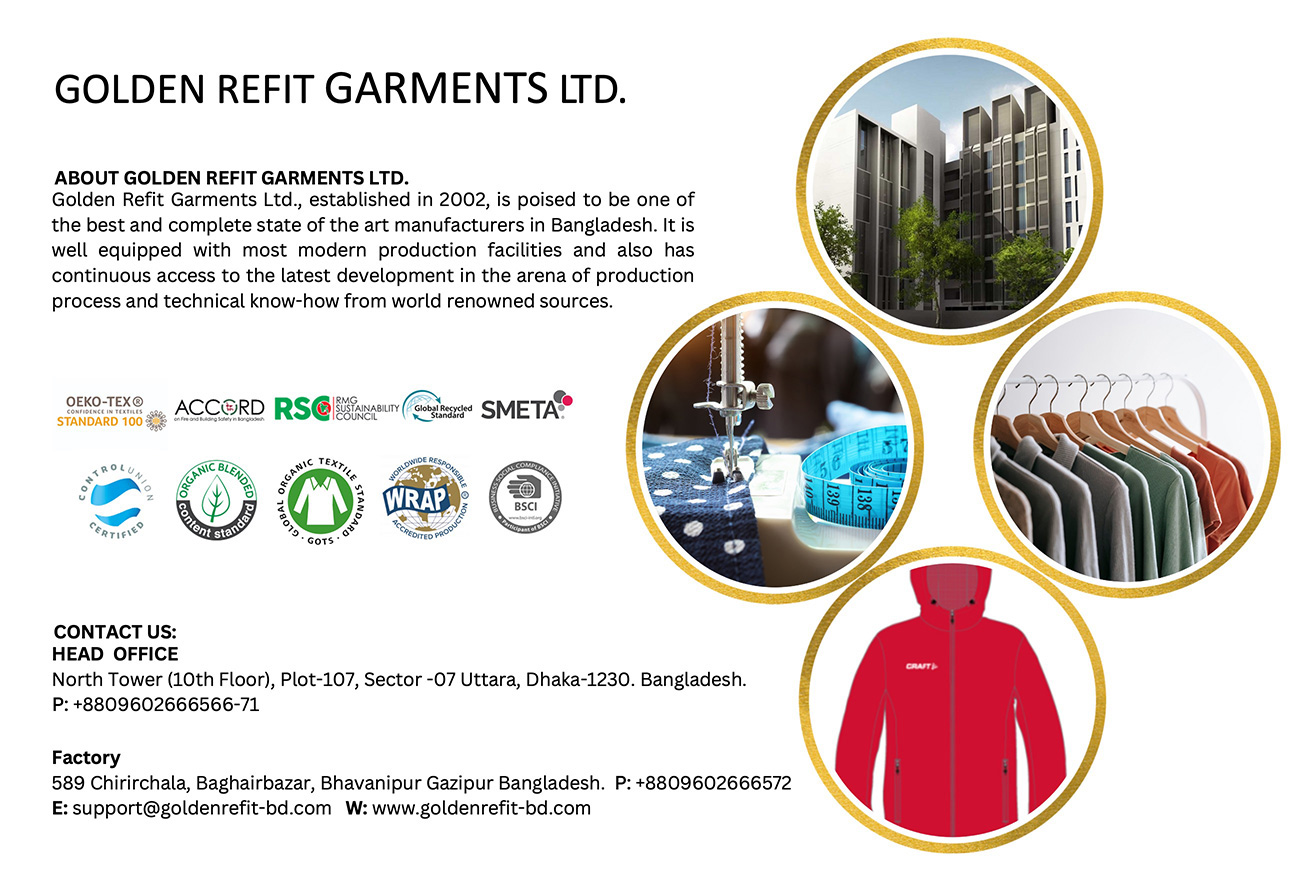
As the company moves toward tapping that potential, Malhotra says it’s working to address concerns and issues affecting not only fashion, but the business world at large.
“Sustainability has become the new buzzword, and retailers – especially in Europe – are looking at that,” he says. “So a lot of our fabrics are sustainable now. We have reduced our cotton purchases from China, and increased from India and Pakistan.”
Recycled clothing has also become a fruitful source of product. Simple Approach sends bales of recycled apparel to Bangladesh, where it’s reduced to fiber for reweaving. “It’s challenging, especially when there’s so much price pressure, but it’s also quite exciting” he says.
“Our teams are working very hard on the ground to ensure we’re able to give our clients what they need at the right price.”
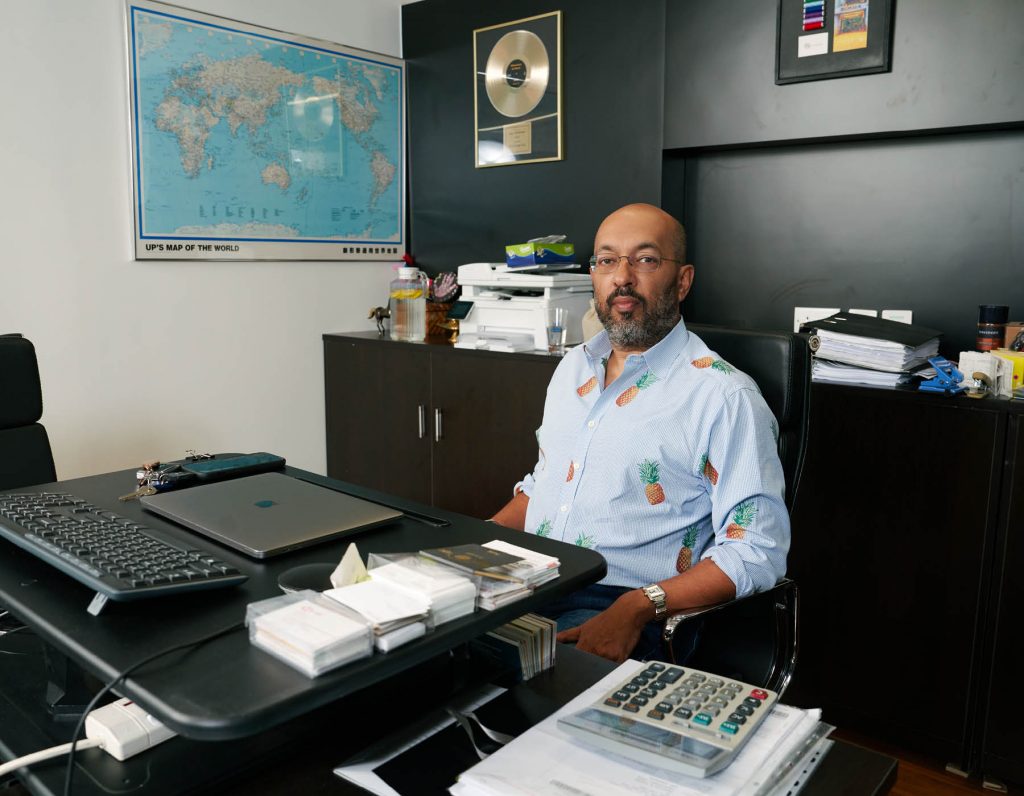
In an inflationary world that’s not always easy, but Malhotra again points to the strength of Simple Approach’s people. “Bringing the business in is not an issue. We need to make sure we can execute it,” he says.
“We’re constantly looking at our factories, our partners, just to make sure everybody’s doing the right thing. It’s an ever-evolving area for us, but we’ve got professional people in the organization that help us drive it.”
Talent is one thing; tools are another. Simple Approach works with some of the newest 3D technology to offer its customers a state-of-the-art product.
“We worked on a pioneering 3D project with Primark during the pandemic, and it opened up a new world to us,” Malhotra says. “All of our designers and technicians are now trained in 3D, and we’ve continued to work closely with Primark. That’s helped us take the technology to our other customers, and we’re very strong in 3D now.”
This relationship is an example of the kind of equity with which Simple Approach treats its partners. “We believe in that, in partners and in our own people” he says. “We give a lot of ownership. We want leaders, not just employees.”
The value of this approach is borne out by Simple Approach’s remarkable 99 percent retention level. “We don’t lose people,” Malhotra says. “And I think that tells you a lot about the organization.”
Another telling point is Simple Approach’s strong rapport with its supply network. “If I don’t have the supply base, I can’t service my customers,” Malhotra says.
“They’re absolutely critical, so we’re all good friends. We’re there to support each other, and I personally meet with them twice a year, wherever they are in the world.”
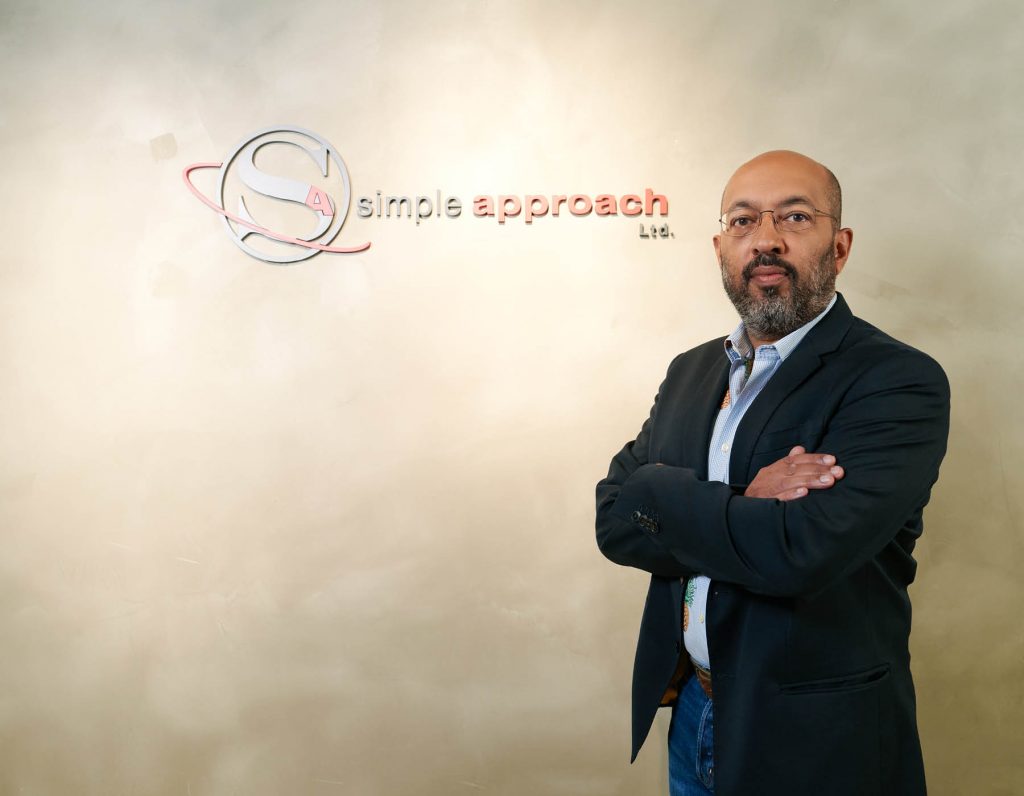
“We treat people the way we’d expect to be treated, and that applies to all our factories, all our partners.”
As the planet continues to emerge from the wrath of the pandemic, everything is under greater scrutiny than ever. At such times, it’s important to have a glowing reputation that precedes you. “How we act at the top is how it should be,” Malhotra says.
“We treat people the way we’d expect to be treated, and that applies to all our factories, all our partners.”
And that’s why they’re lining up to join the Simple Approach family. “They want to focus on retail and selling, and we take away the headaches,” he says.
“Things are getting tougher and tougher financially, but we’re a debt-free group and we are financially strong. Our customers know we’ll take care of them, and that’s a big advantage.”
